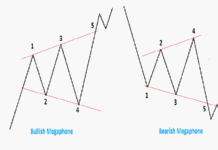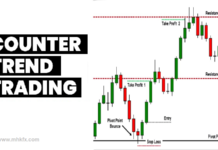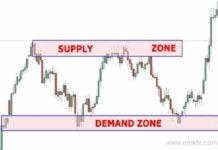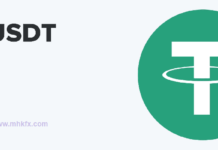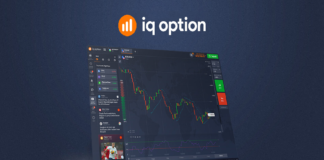
In a notable shift in global economic dynamics, central banks around the world are increasingly turning to gold as a preferred asset, surpassing other traditional reserve assets in their portfolio allocations. This strategic move reflects a growing recognition of gold’s unique qualities as a store of value and a hedge against economic uncertainties of Central Bank Reserves .
The Rising Significance of Gold
Historically, central banks have held reserves in various forms, including foreign currencies and government securities. However, recent trends indicate a departure from conventional asset classes, with gold taking center stage in many central bank portfolios. The yellow metal’s intrinsic value, lack of default risk, and its reputation as a reliable hedge against inflation have contributed to its heightened appeal among central bankers.
Diversification in Times of Uncertainty
The decision to prioritize gold in reserve portfolios is grounded in the need for diversification, especially in times of global economic uncertainty. As geopolitical tensions, trade disputes, and the ongoing impacts of the COVID-19 pandemic continue to create a volatile economic environment, central banks are reassessing their risk management strategies. Gold, known for its stability during turbulent times, emerges as a reliable asset to offset potential losses from other, more volatile holdings.
A Shift in Perception: Gold as a Strategic Asset
Beyond its traditional role as a hedge against inflation, gold is increasingly being viewed as a strategic asset in central bank portfolios. The metal’s ability to act as a safe haven during financial crises provides central banks with a valuable tool to protect their nations’ wealth and economic stability. This shift in perception underscores a broader acknowledgment of the unique qualities that gold brings to the table in the ever-evolving landscape of global finance.
Global Impact on Gold Markets
The increased demand for gold by central banks has had a profound impact on global gold markets. As these financial institutions diversify their holdings, the demand for gold has surged, influencing both its spot price and futures contracts. Gold producers, investors, and market participants are closely monitoring these developments, adjusting their strategies to align with the evolving dynamics of the precious metal market.
Challenges and Considerations
While the trend of central banks favoring gold is notable, it also presents challenges and considerations. The potential impact on gold prices, the liquidity of gold markets, and the overall stability of global financial systems are subjects of ongoing analysis and discussion. Striking the right balance in portfolio allocation is crucial for central banks as they navigate the complexities of a changing economic landscape.
Conclusion
The central bank reserves shift towards gold as a primary asset in portfolio allocation marks a significant turning point in the world of finance. As uncertainties persist and the need for reliable hedges grows, gold’s longstanding reputation as a store of value gains renewed relevance. This strategic move by central banks reflects a broader acknowledgment of gold’s multifaceted role in preserving wealth and maintaining stability, reshaping the landscape of global reserve assets for years to come.
Related Post:
Winning Strategies in Currency Pair Trader Arena
Quasimodo Trading Strategy for its Unique Pattern Recognition

